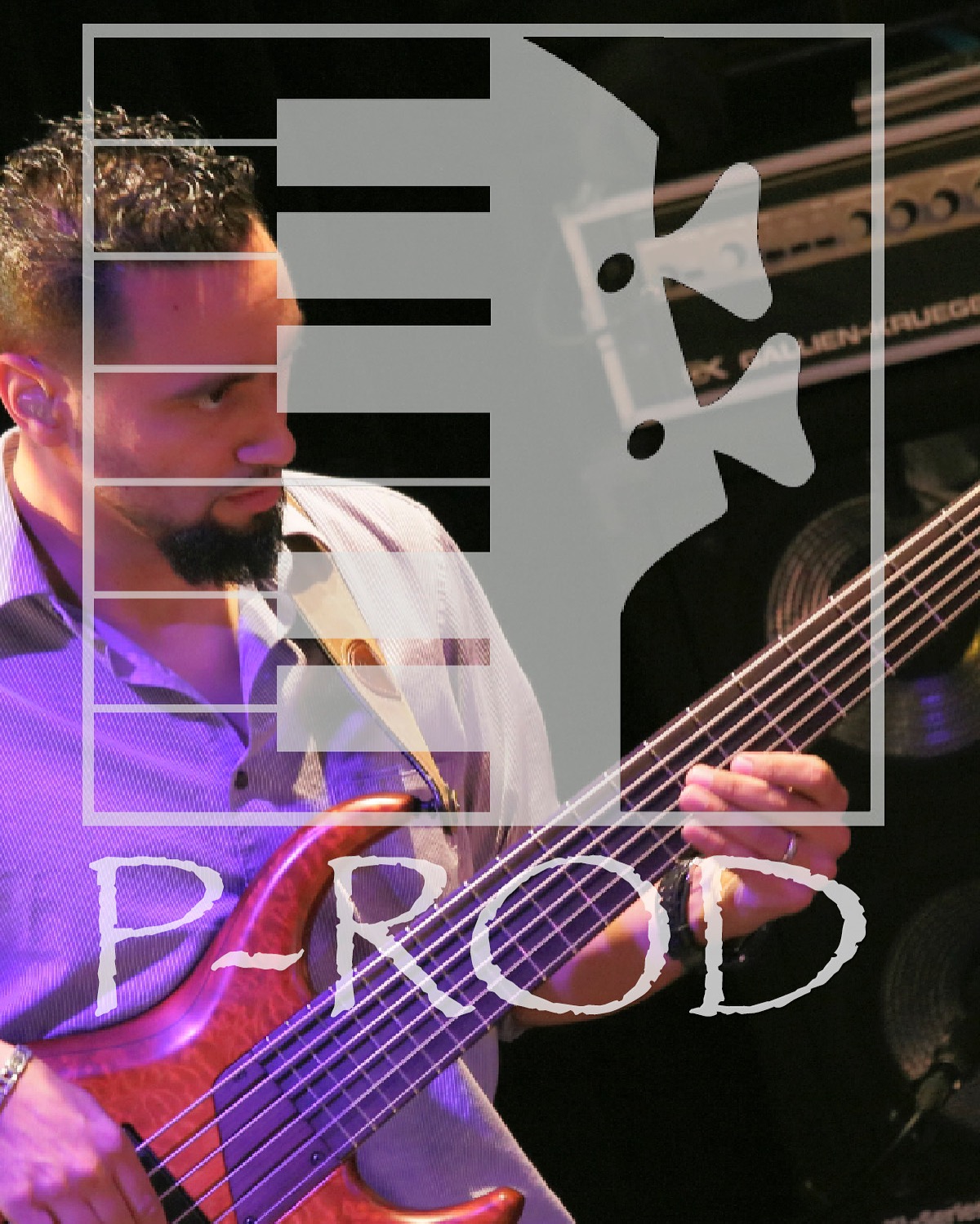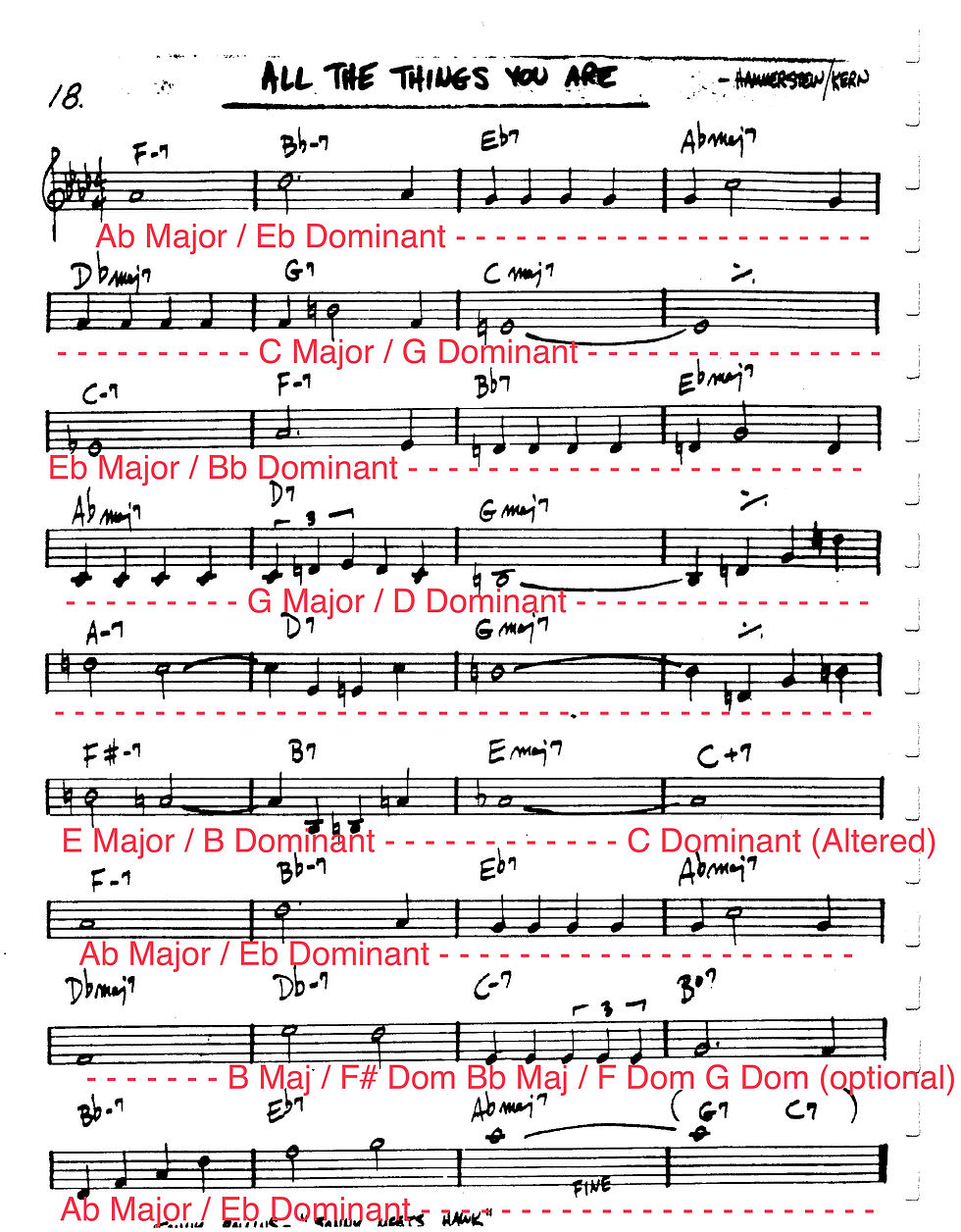Bebop Scales
- Peter Powers

- Feb 18, 2018
- 2 min read
Bebop is a sub-genre of Jazz music that is known for extremely fast playing. Bebop lines are incredibly melodic at the same time, usually utilizing a combination of chromaticism, arpeggios, and triplet rhythms thrown into the mix. Today, I'd like to talk about Bebop Scales.
A Bebop Scale is an 8-note scale that is created from a traditional 7-note scale by adding an extra note. This extra note creates a chromatic sound that is indicative of the bebop sound. Feel free to experiment with this idea with different types of traditional 7-Note scales. For now, I’m going to show you the two most common ones and how to apply them.
1: Major Bebop Scale

The Major Bebop Scale takes the Major Scale and adds the #5 / b6 note in between the 5th and 6th notes. Practice running the scale up and down with a metronome. The beauty of an 8-Note Scale is that you always land on the downbeat. So even running the scales up and down can sound musical. Practice in all the keys. If you’re a piano player, play 2-5-1 chords in the left hand and run the major Bebop Scale for the home key over all three chords. It works.
2: The Dominant Bebop Scale

The Dominant Bebop Scale takes the Dominant Scale, also known as the Mixolydian Scale (5th mode of the major scale) and adds the major seventh as well as the flatted seventh. This scale is the more popular of the two. You can do the same 2-5-1 exercise with this scale, instead, using the Dominant Bebop Scale of the 5th for the progression. For example, if you're playing a 2-5-1 in the key of C, you would run the G Dominant Bebop Scale over all three chords. This is the more popular approach, as opposed to the Major Bebop Scale.
The interesting thing about these two Bebop scales is that they are interchangeable. For any Major Bebop Scale, you can use the Dominant Scale built off the fifth degree and vice versa. Which one gets used is entirely upto personal preference.
Below is a chart for the popular jazz standard, All The Things You Are, which I’ve used as an example before. I’ve added notations to show which Bebop Scale can work over each key center.

Happy Practicing!






Comments